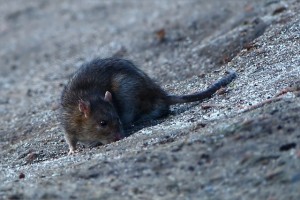 A recent Chicago Tribune headline took some people by surprise: “City enlists residents in fight against rats.” The city was Evanston, Illinois, and officials from the city’s health and human services department are asking the public to help them in the city’s rat abatement program. Evanston’s director of health and human services, Evonda Thomas-Smith, addressed the city council in May regarding the department’s new strategy. She explained that resident involvement is important for the rat-control program to be successful. Residents are asked to call 311 to report rats and get liability waivers so inspectors can go on their property and arrange for abatement methods. Residents can also help by keeping garbage and food in tightly sealed containers, maintaining grass, shrubs, weeds and other vegetation, and close any openings in garage doors and walls. Additionally, people can be mindful of what inspectors call the “35 cents rule.” The 35 cents rule refers to holes in the ground: a hole the size of a quarter can fit a rat and a hole the size of a dime can fit a mouse.
A recent Chicago Tribune headline took some people by surprise: “City enlists residents in fight against rats.” The city was Evanston, Illinois, and officials from the city’s health and human services department are asking the public to help them in the city’s rat abatement program. Evanston’s director of health and human services, Evonda Thomas-Smith, addressed the city council in May regarding the department’s new strategy. She explained that resident involvement is important for the rat-control program to be successful. Residents are asked to call 311 to report rats and get liability waivers so inspectors can go on their property and arrange for abatement methods. Residents can also help by keeping garbage and food in tightly sealed containers, maintaining grass, shrubs, weeds and other vegetation, and close any openings in garage doors and walls. Additionally, people can be mindful of what inspectors call the “35 cents rule.” The 35 cents rule refers to holes in the ground: a hole the size of a quarter can fit a rat and a hole the size of a dime can fit a mouse.
Inspectors have all also been out walking the city in full force. They’re searching for any rat infestations and colonies as well as identifying areas that may be appealing to rats. Some of those areas are on residential property and often involved a property-code violation of city ordinance. One property owner had a pile of wood along with a tire and other debris stacked against his back porch. The tire was additionally troublesome because according to the inspectors it can collect water, creating a breeding a ground for mosquitoes, which is a concern due to West Nile Virus. Not every property was that severe though. One of the more common things inspectors noticed was overgrown grass and shrubs, which provides cover for rats. According to inspectors, the cover allows rats to run wild.
The city of Evanston understands it will take everyone, residents and all of the departments in the city, working together for the rat abatement program to be successful.




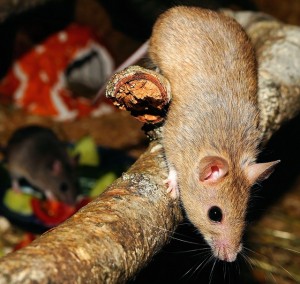
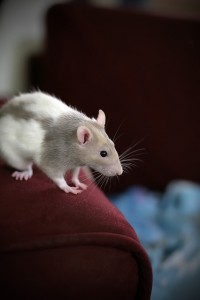
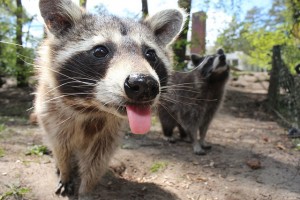
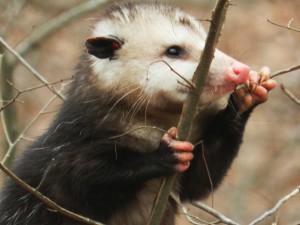
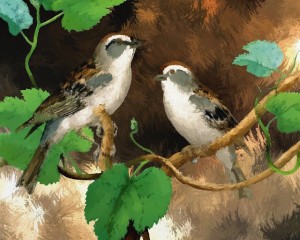
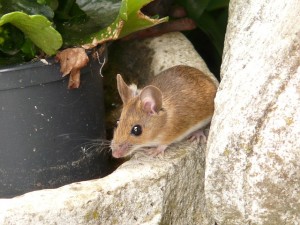
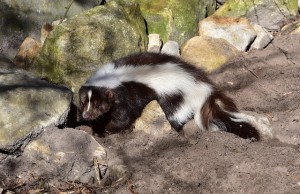
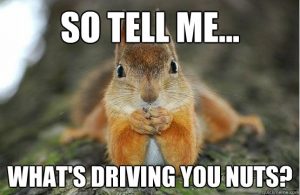 Imagine you are in your bed, happy to be lying down after a long day but your rest is abruptly interrupted by loud scratching noises coming from your walls or attic.
Imagine you are in your bed, happy to be lying down after a long day but your rest is abruptly interrupted by loud scratching noises coming from your walls or attic.